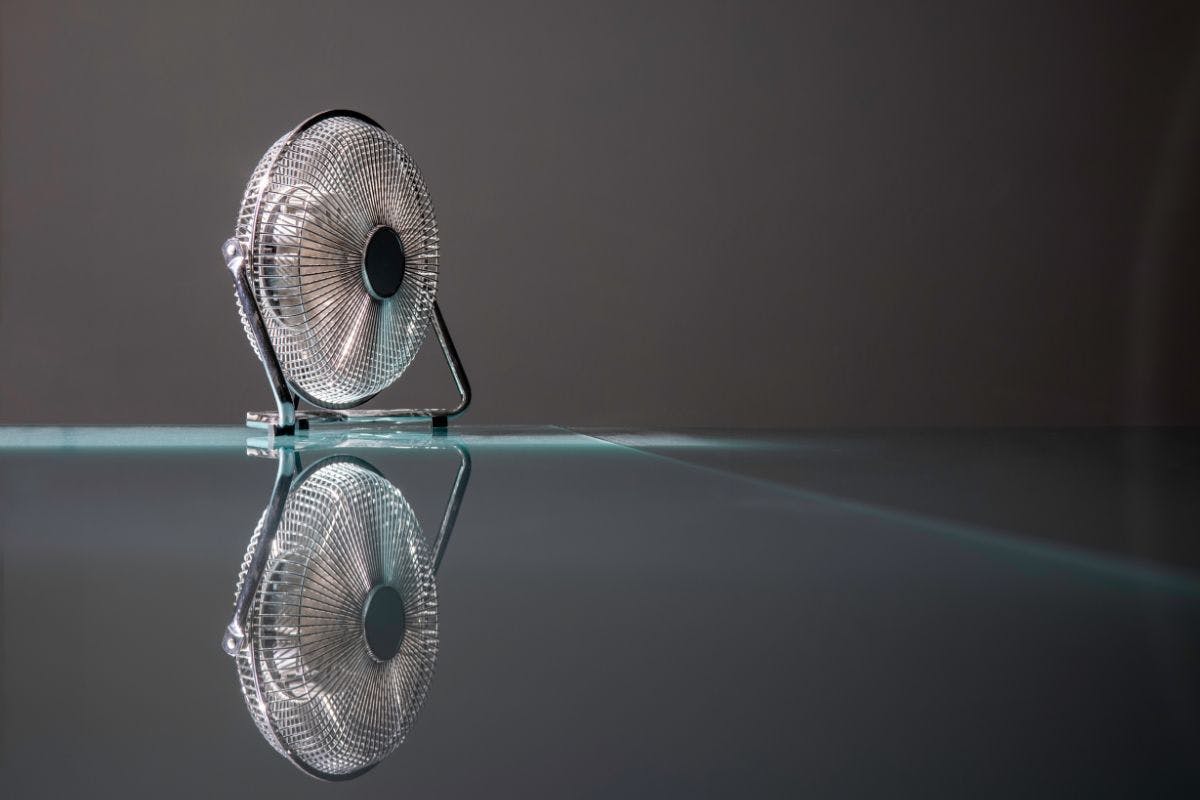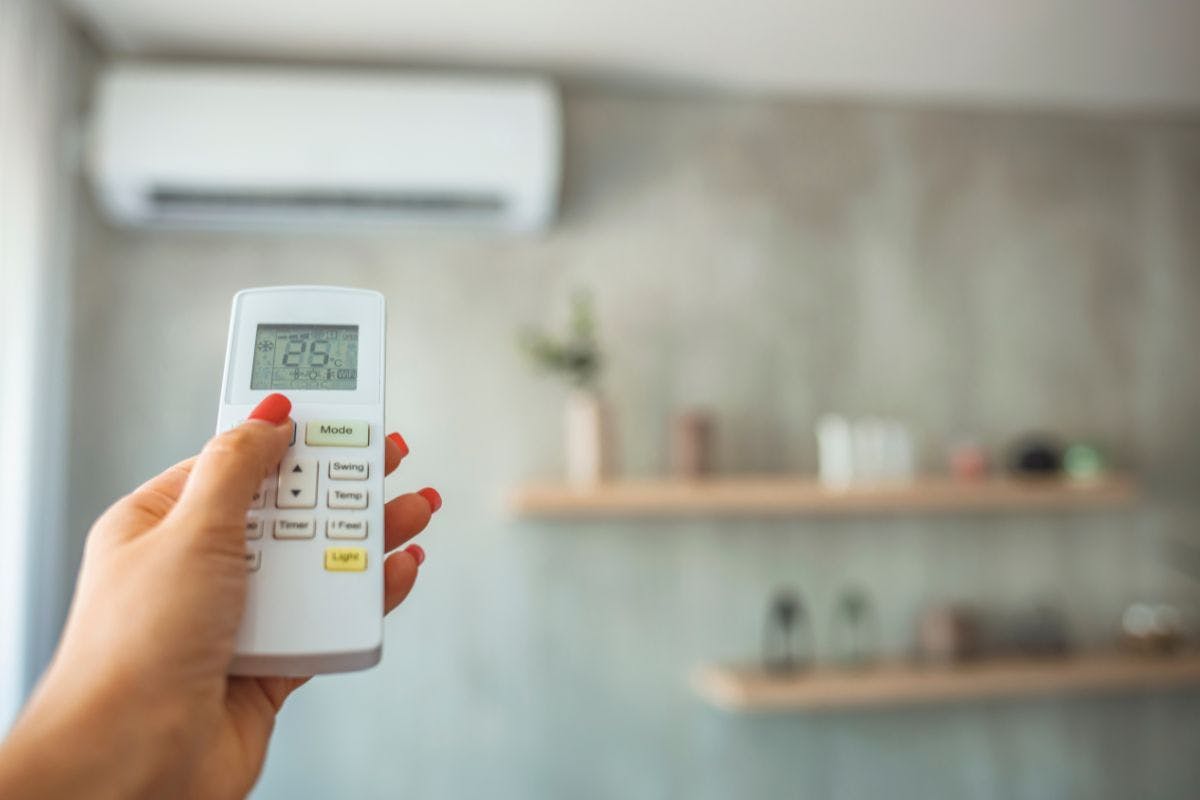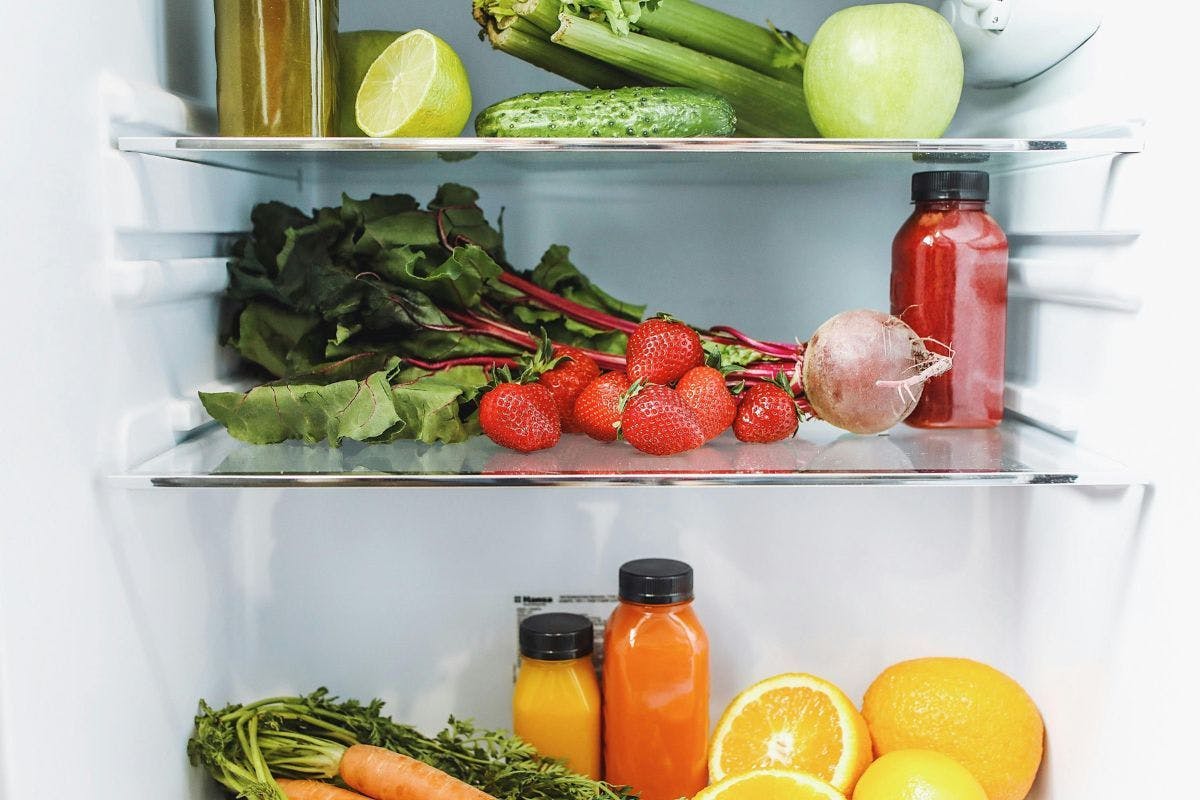Tips for Keeping Cool While Saving Energy
Last edited

Author
Andrew Blok
Electrification and Solar Writer and Editor

Editor
Andrew Giermak
Solar and Electrification Writer and Editor

As summer temperatures are peaking, your energy bill might be, too. And, while you can crank down your thermostat, stand in front of an open fridge, or eat a few dozen popsicles every day, there are easier and cheaper ways to stay cool.
These tips can help you stay cool without running your electricity bill as high as the heat index.
See how much you can save with home energy changes
The Energy Burden of Keeping Cool
Heating and cooling accounts for about 50% of the yearly energy use in the average American home. About 10% of total residential energy consumption goes to keeping cool.
As summers get warmer, it’s safe to assume air conditioning will be a bigger chunk of electricity consumption moving forward and, in many places, you can’t do without it. Staying cool can help you get good sleep, stay focused, and, in extreme cases, stay safe. But just because it’s a necessity doesn’t mean there aren’t ways to make it cheaper.
Use Your Ceiling Fans
Ceiling fans can make a room feel up to four degrees cooler in the summer. (Reversing them in the winter can make a room feel four degrees warmer.)
If you’re feeling warm, consider turning on a fan before turning down your thermostat. Cooling yourself in one room will cost less than cooling off your whole home. If you’re leaving the room, don’t forget to switch the fan off to conserve energy.
Adjust Your Thermostat
Setting back your thermostat 7-10 degrees for eight hours a day can save you up to 10% on your heating and cooling bill. If your house is empty during the work day, don’t pay to keep it at your preferred temperature. A smart thermostat can make sure your home is cool when you typically arrive home, or when it senses your phone return home.
You can also find the most energy-efficient temperature setting that’s still comfortable by increasing the temperature at home by one degree each day. You might be surprised to find your body gets used to a warmer temperature.
Block Air Leaks
Leaky windows, doors, and walls let cool air escape your home and warm air get in. Weatherstripping and caulk can be easily applied to stop obvious leaks and keep your home cooler.
Cover Your Windows
Even the most efficient windows let heat into your home. Using curtains and blinds inside your home and awnings outside can block direct sunlight and slow heat gain. Approximately 25-30% of heat gain in a residence happens through the windows. Smart blinds can automatically raise or lower on a schedule, so you don’t have to remember.
See how much you can save with home energy changes
Change Your Air Filters
Your air conditioner or heat pump has air filters to clean the air that it’s cooling. When those filters get dirty, they let less air through and your HVAC system has to work harder, consuming more electricity along the way.
Regularly changing your air filters keeps your system efficient and your air clean.
Avoid Your Oven
You should still bake cookies in the summer if you want, but know that anytime you add heat to your home, you’ll need to remove it. That means extra work for your air conditioner later.
Consider ideas such as cooking outside or eating fresh foods that need little or no cooking more often in the summer.
Check Your Insulation
Improving your insulation isn’t a quick fix, but it can pay off in the long run. Home insulation at the recommended levels can reduce heating and cooling bills by 15% and overall energy use by 11%, saving you money in the summer and the winter.
Get an Energy Audit
While an energy audit isn’t an immediate fix to higher summer energy bills, it can reveal a bunch of root causes. A professional auditor can identify whether you need improved insulation, have unaddressed air leaks, or are missing low hanging energy efficiency fruit like LED lightbulbs or a smart thermostat.
Consider a Heat Pump
A heat pump is the most efficient way to keep your home comfortable. While it doesn’t differ much from an air conditioner, it can also replace a furnace or baseboard heater in the winter. That means one system to maintain instead of two, and can mean lower energy bills for the majority of Americans.
A heat pump lease, where you swap the cost of buying and owning a heat pump for predictable monthly payments, can keep your home cool efficiently and conveniently.
See if you can save with a heat pump or other home energy upgrades
See what home electrification can do for you:
Frequently Asked Questions
How much electricity does an air conditioner use?
Air conditioning accounts for about 10% of the average American home’s energy consumption annually. That makes it one of the biggest consumers of energy at home behind space heating and water heating.
What’s the most efficient way to stay cool?
A heat pump is the most efficient way to heat and cool a whole home. Using fans to keep yourself cool is more efficient than cooling your entire home.


